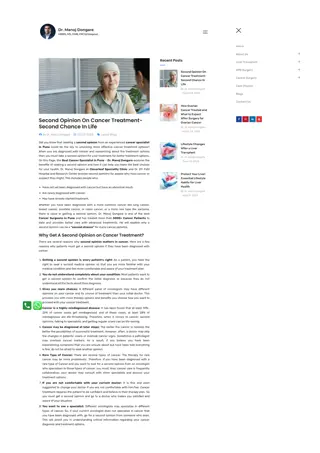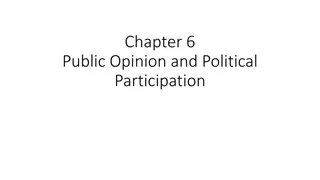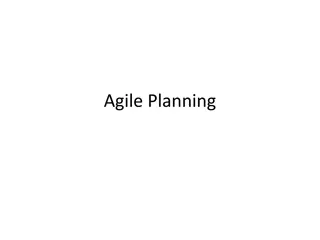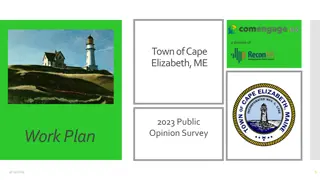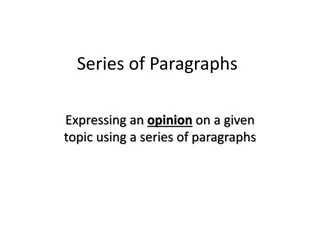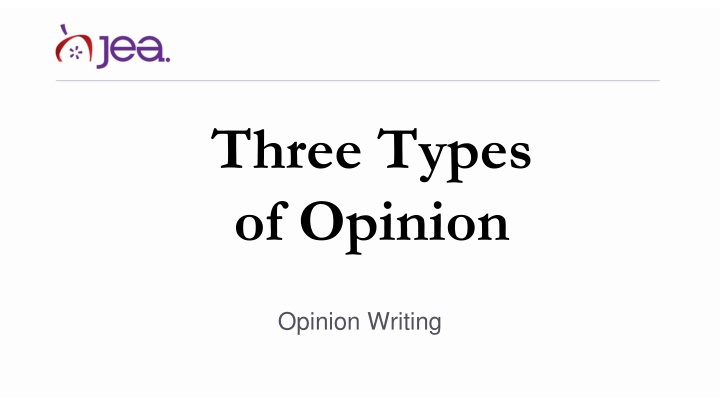
Opinion Writing in Editorial and Column Formats
Explore the world of opinion writing, including editorials and columns, where different viewpoints are expressed on important issues in editorial pages. Learn about the significance of opinions in news writing and how they provide valuable insights and recommendations.
Download Presentation

Please find below an Image/Link to download the presentation.
The content on the website is provided AS IS for your information and personal use only. It may not be sold, licensed, or shared on other websites without obtaining consent from the author. If you encounter any issues during the download, it is possible that the publisher has removed the file from their server.
You are allowed to download the files provided on this website for personal or commercial use, subject to the condition that they are used lawfully. All files are the property of their respective owners.
The content on the website is provided AS IS for your information and personal use only. It may not be sold, licensed, or shared on other websites without obtaining consent from the author.
E N D
Presentation Transcript
Three Types of Opinion Opinion Writing
Three places opinion appears Editorial page: gives paper s opinions Op/Ed: gives opinions of individual writers Arts and Entertainment: mixes features and reviews
Why opinion writing? News and feature writing require writers to leave their opinions out so the facts and stories can speak for themselves. Opinion writing allows writers to take a stand on issues that are important to them and make recommendations.
Three types of stories Editorial: the official voice of the newspaper Column: a personal opinion by one writer Review: an opinion story that evaluates an event, product or service rather than taking a stand on an issue
Editorials Editorials are the official opinion of the newspaper, so they represent the point of view of several people, rather than one.
In professional publications Editorials may be chosen by the publisher, editorial board or leaders of the newspaper. Writers sometimes are assigned to write editorials they don t personally agree with. Editorials are unsigned because they reflect more than one person s opinion, but rather the newspaper s official opinion.
Editorial design Editorials are often set aside on their own page or marked Staff Editorial. Some have the staff vote on editorials and run how many people agreed or disagreed with the opinion. Editorials may be accompanied by an illustration or photo illustration.
Columns A column gives the point of view of just the person writing it. The columnist gets to choose the topic and how to write about it.
Columnists While papers often have guest columnists who only write one column, many have columnists who write regularly. Columnists develop credibility with their audiences by developing a niche writing accurately about one topic (sports, politics, etc.).
Column design Columns often include a picture of the columnist next to the story. In many newspapers, columns appear on the page opposite the page editorials are on, so that page is often called Op/Ed.
Reviews Focus on things readers may want to try, such as movies, books, video games, restaurants, activities and new products. While a review wants to make a point, a good review gives enough information for readers to make some of their own judgments.
Review design Reviews may appear on opinion pages, but more typically run on an Arts and Entertainment page, or in the Features section. Reviews often are accompanied by photos and a sidebar with quick facts about the topic (like ratings and where a movie is playing.)



